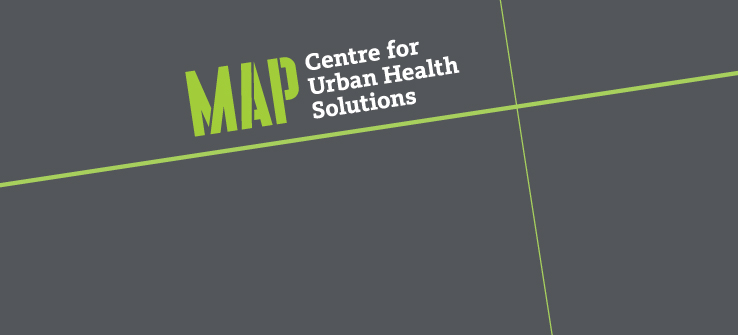Results from an experimental program that provides free prescription drugs to hundreds of people in Ontario suggest covering the cost of medication produces overall savings for the health-care system, according to a new study.
The research, published Friday in the journal JAMA Health Forum, tracked a total of 747 patients who reported that the high cost of drugs has forced them to leave prescriptions unfilled or stretch out the time between doses. About half were randomly selected to have their drugs fully covered.
After three years, the researchers found that providing prescriptions free of charge to these patients saved the public health-care system an average of $1,488 per patient per year, by helping to prevent such things as unexpected trips to the hospital.
“I was surprised by the magnitude of the savings,” said Dr. Nav Persaud, one of the study’s authors, a Canada Research Chair in Health Justice and a staff physician at St. Michael’s Hospital in Toronto.
“It seems like eliminating medication costs both saves money in avoided hospitalizations, avoided emergency room visits, makes people healthier and addresses health inequities — it makes access to health more fair.”
The study comes as Canadians wait to see if legislation enabling a universal pharmacare plan will be tabled by the end of 2023, as promised under the confidence-and-supply agreement between the federal Liberals and New Democrats.
Une nouvelle étude suggère que la gratuité des médicaments permet de réaliser des économies globales en matière de soins de santé dans le cadre d’un essai mené en Ontario
Les conclusions d’un programme expérimental qui fournit gratuitement des médicaments sur ordonnance à des centaines de personnes en Ontario suggèrent que la prise en charge du coût des médicaments permet de réaliser des économies globales pour le système de santé, selon une nouvelle étude.
La recherche, publiée vendredi dans la revue JAMA Health Forum, portait sur 747 patients qui ont déclaré que le coût élevé des médicaments les avait contraints à ne pas renouveler leurs ordonnances ou à espacer les prises. Environ la moitié d’entre eux ont été sélectionnés au hasard et ils ont vu leurs médicaments entièrement pris en charge.
Après trois ans, les chercheurs ont constaté que le fait de fournir gratuitement des ordonnances à ces patients permettait au système de santé public d’économiser en moyenne 1 488 $ par patient et par an, notamment en évitant des déplacements imprévus à l’hôpital.
« J’ai été surpris par l’ampleur des économies réalisées », a déclaré le Dr Nav Persaud, l’un des auteurs de l’étude, titulaire d’une chaire de recherche du Canada sur la justice en santé et médecin à l’Hôpital St. Michael de Toronto.

